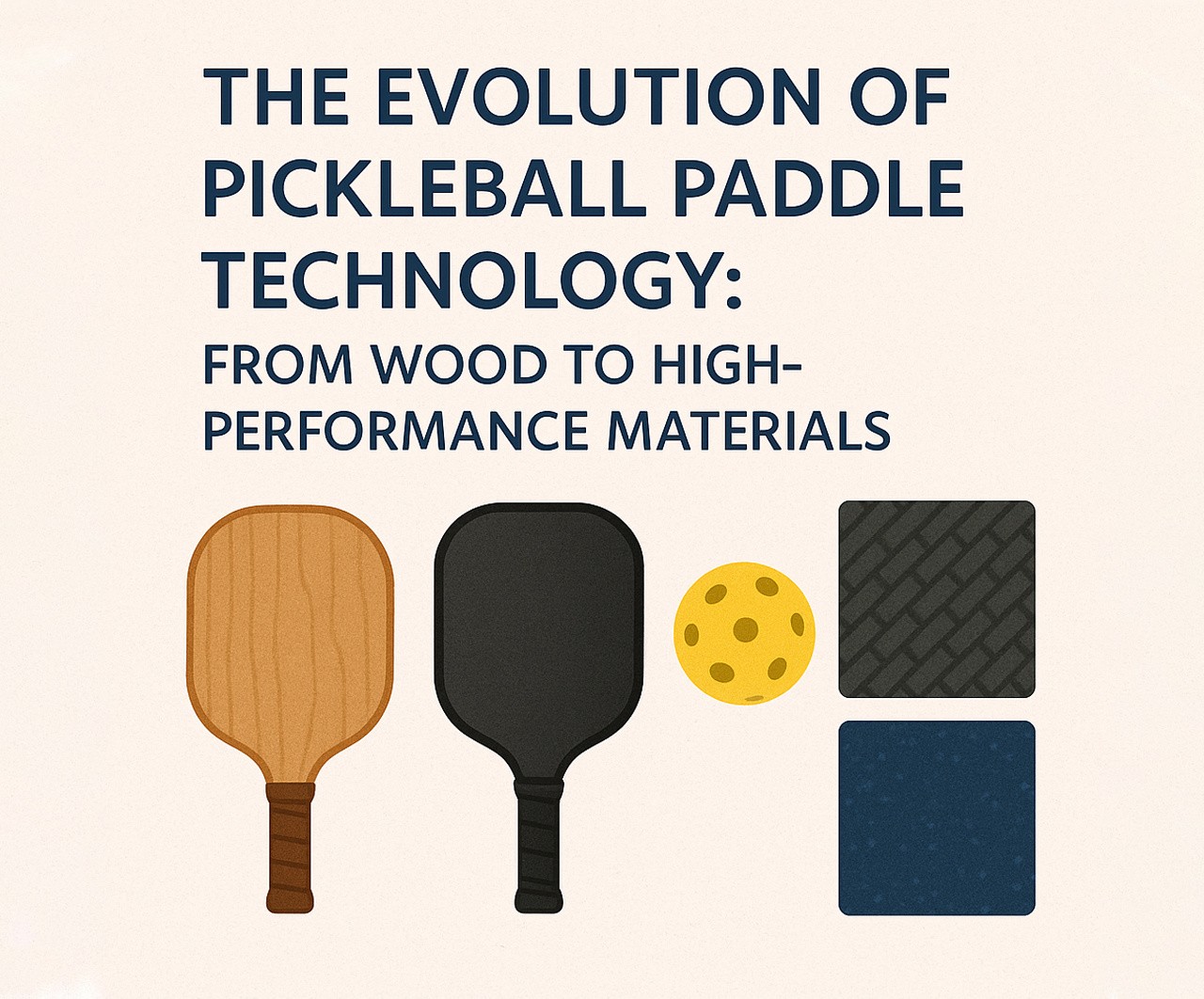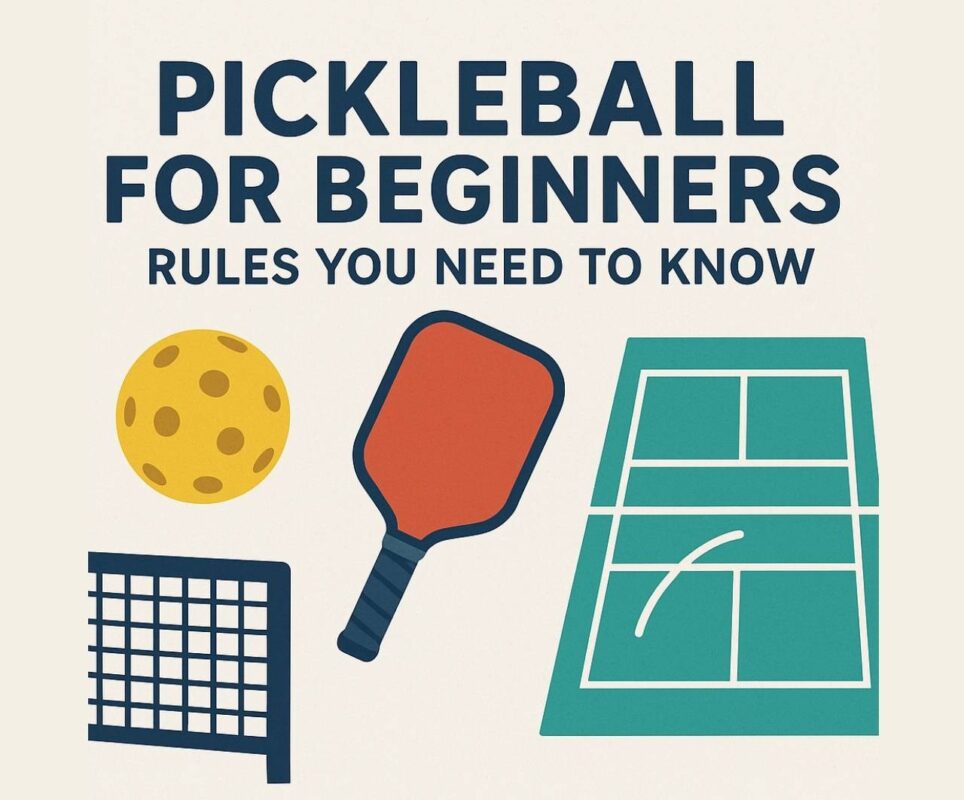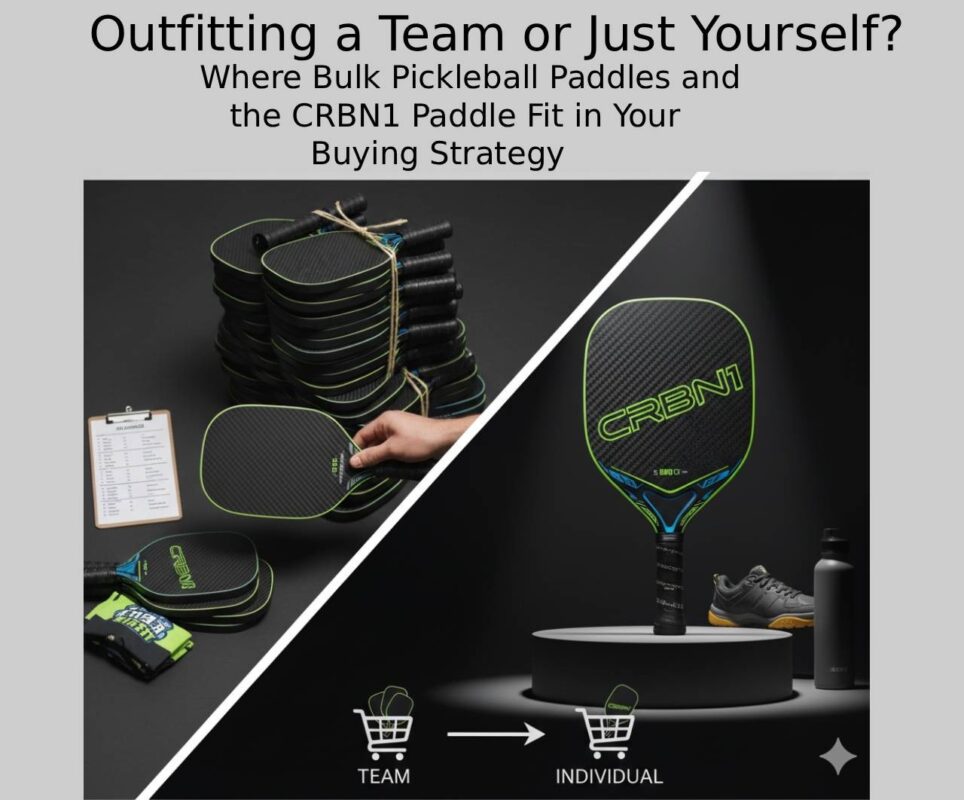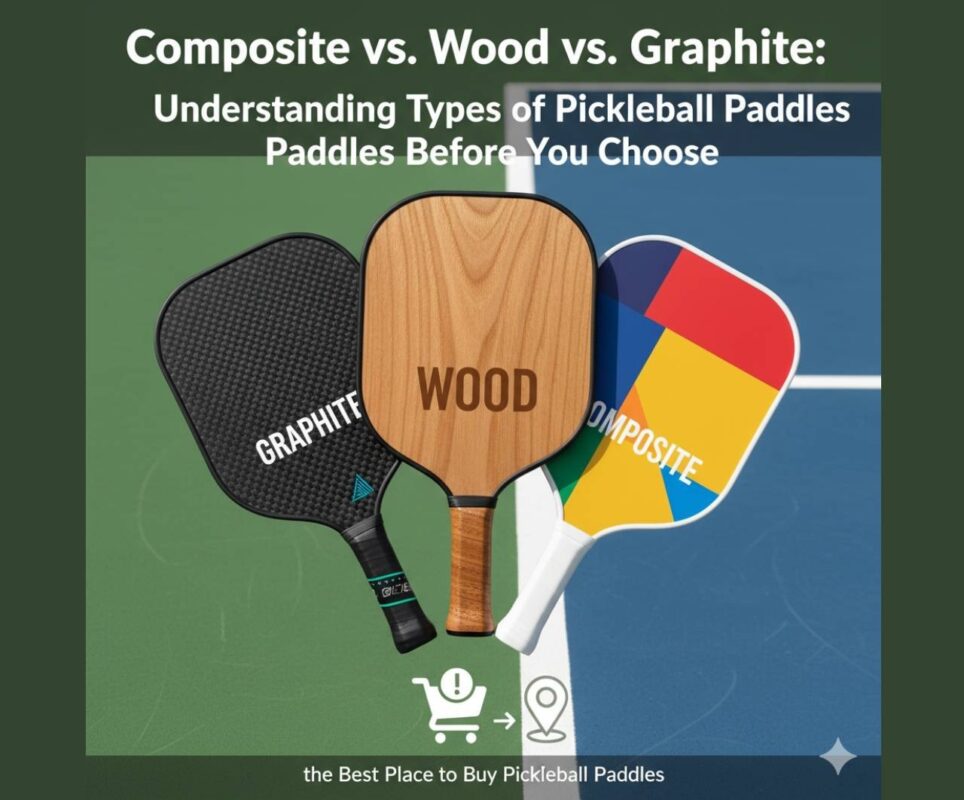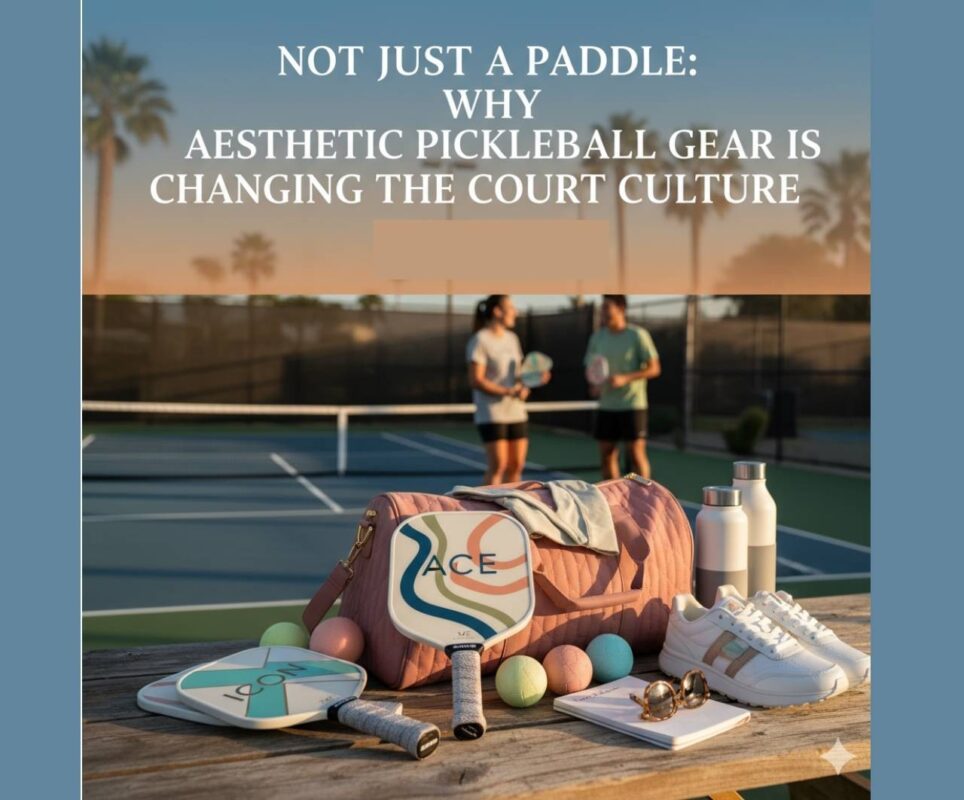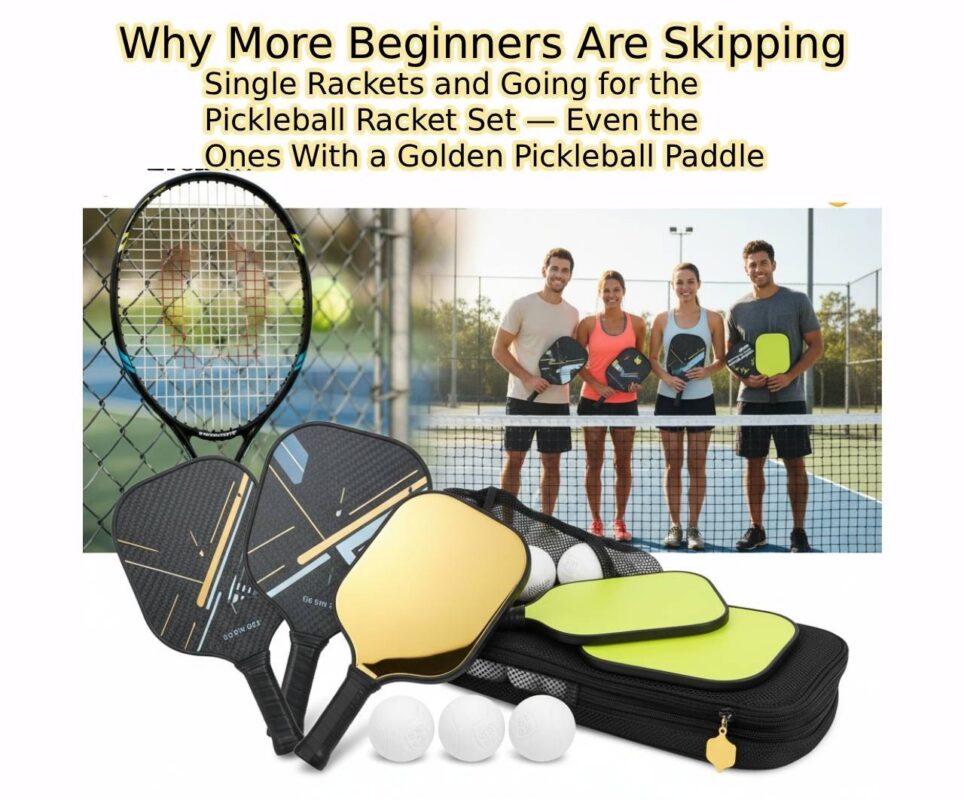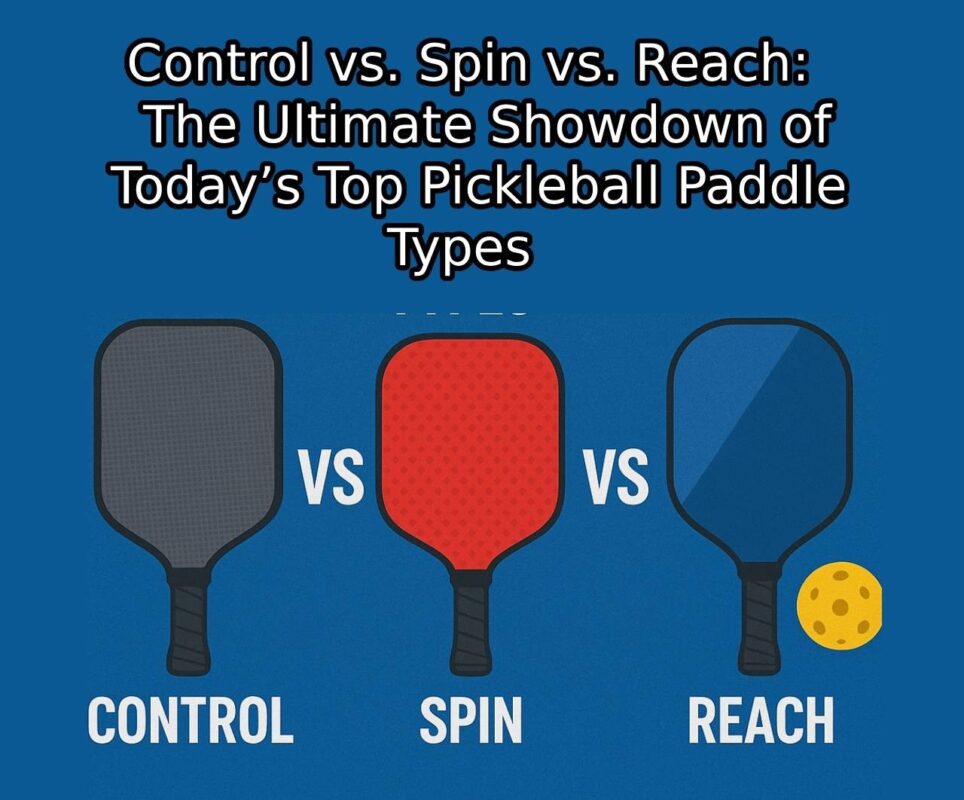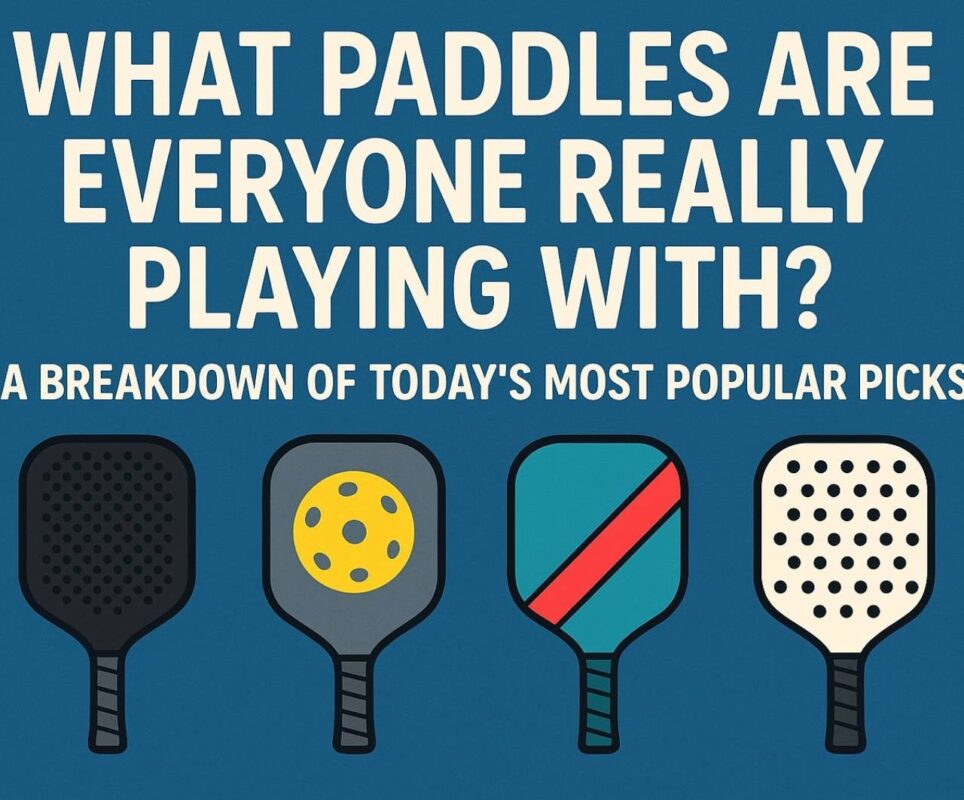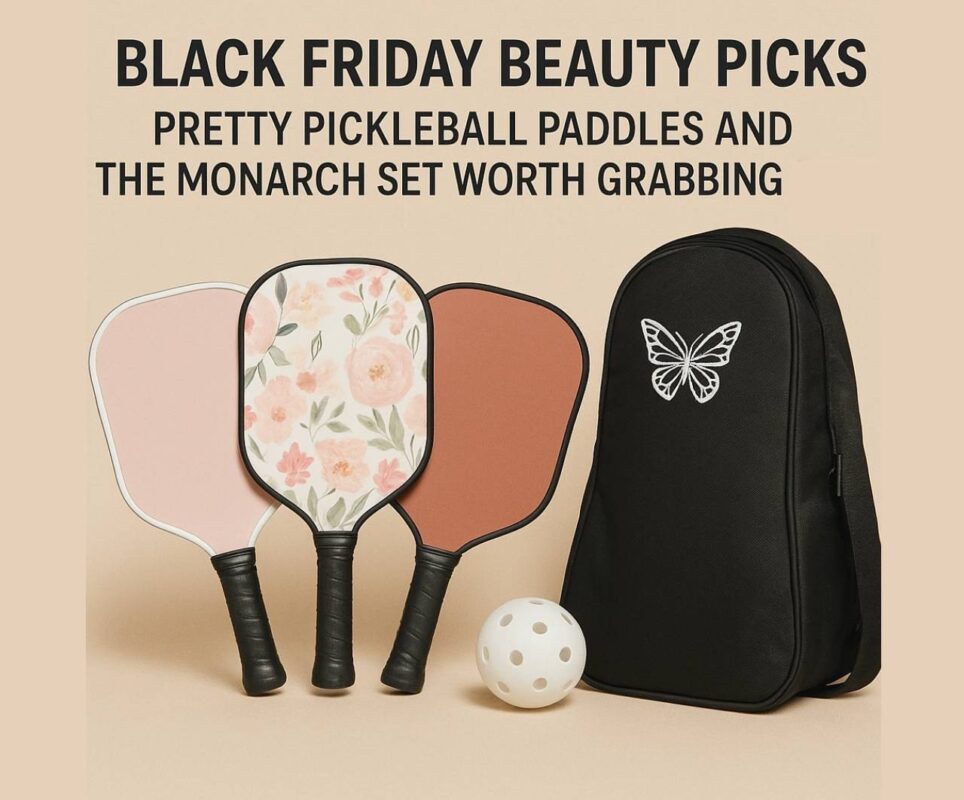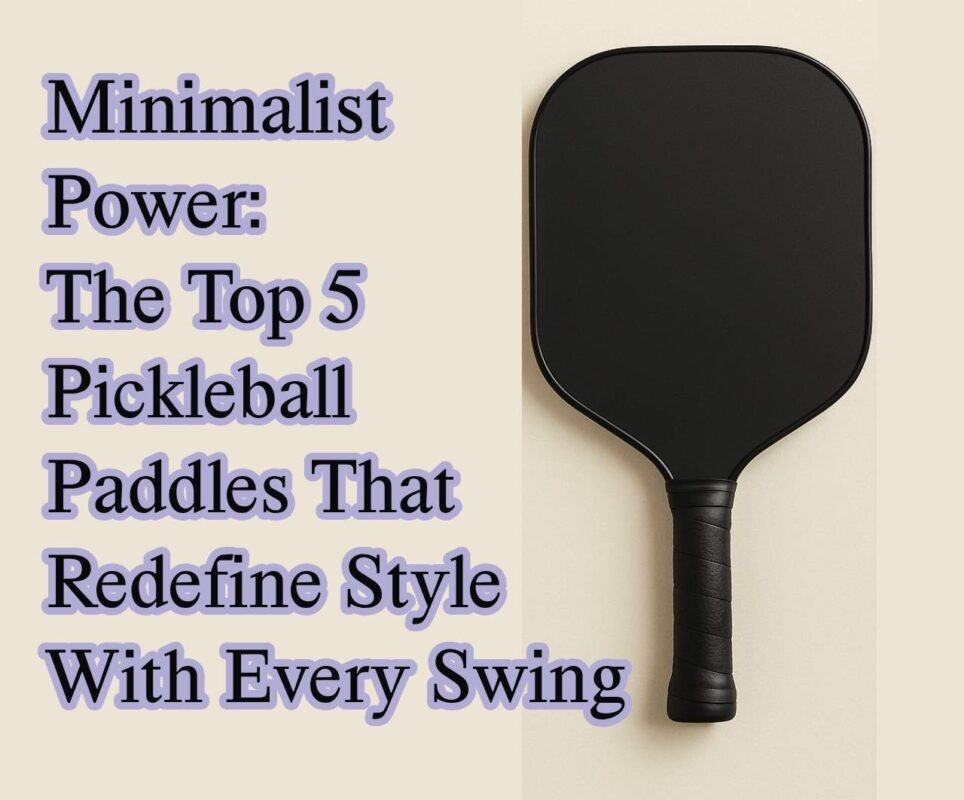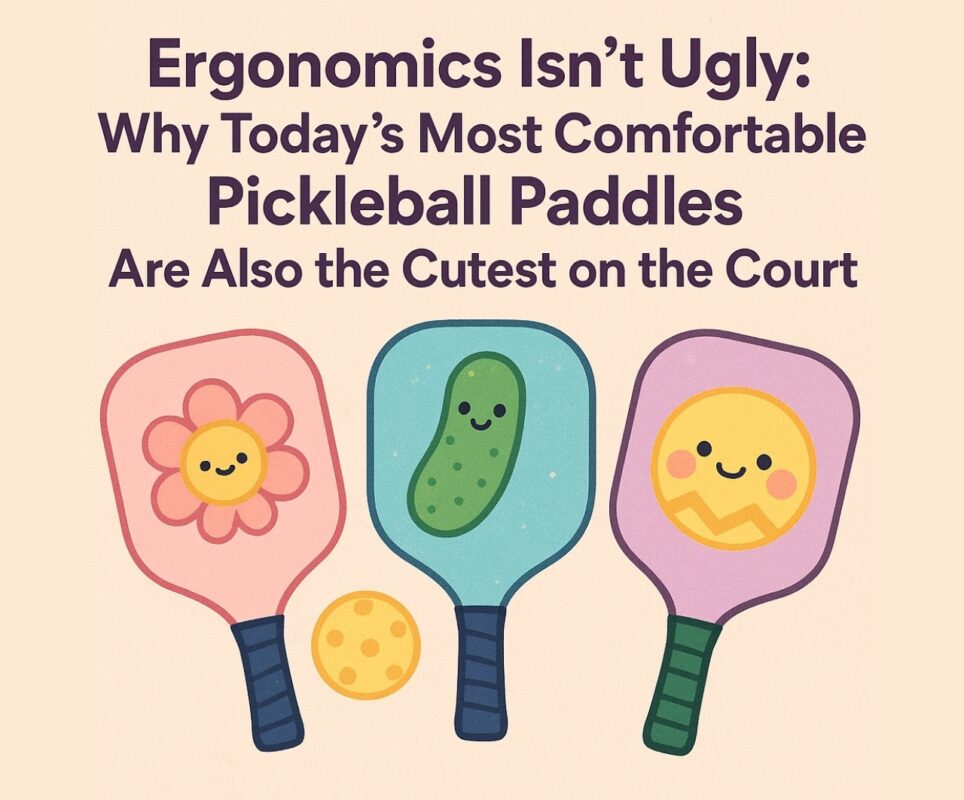Pickleball has come a long way since its invention in 1965, evolving from a backyard pastime into a competitive sport with a massive following. A key factor in this transformation has been the advancement of paddle technology. Today’s players have access to pickleball paddles rated for high performance, made from cutting-edge materials like carbon fiber and polymer cores. While some enthusiasts explore pickleball used paddles for budget-friendly options, others invest in high-end designs like the Proton pickleball paddle, engineered for superior control and power. This article explores the evolution of pickleball paddle technology and how modern innovations impact gameplay. Know more..
The Early Days: Wooden Paddles
In the early days of pickleball, paddles were simple wooden structures, similar to oversized ping-pong paddles. These paddles, while durable, were heavy and lacked the responsiveness of modern designs. Players had to rely more on strength rather than finesse, making control difficult.
Key Features of Wooden Paddles:
- Heavyweight (often over 10 ounces)
- Solid wood construction
- Limited power and spin control
- Simple, one-piece design
While wooden paddles are still available today, they are mostly used for recreational play rather than competitive matches. Their affordability makes them great for beginners, but they lack the precision and power needed for more advanced gameplay.
The Introduction of Composite Paddles
As pickleball grew in popularity, manufacturers began experimenting with composite materials to enhance paddle performance. Composite paddles introduced fiberglass or carbon fiber surfaces paired with lightweight cores, making them more maneuverable and effective in competitive play.
Advantages of Composite Paddles:
- Improved power and control
- Lighter weight (7-9 ounces)
- Textured surfaces for better spin
- More durability than wood paddles
These advancements paved the way for professional-grade paddles like the Proton pickleball paddle, which combines high-tech materials for optimal playability. With the introduction of composite paddles, players could now refine their techniques, focusing more on spin and strategy rather than just brute force.
Modern Paddle Materials and Their Impact on Gameplay
Today’s pickleball paddles are made from a variety of materials, each designed to suit different playing styles. Let’s explore the most common ones.
1. Graphite Paddles
Graphite paddles are a favorite among competitive players due to their lightweight yet sturdy design. The thin graphite layer on the paddle face provides excellent touch and precision.
- Pros: Superior control, lightweight, quick response time
- Cons: Less power compared to fiberglass paddles
- Best For: Control-focused players who prioritize finesse shots
2. Carbon Fiber Paddles
Carbon fiber paddles, like those found in the Proton pickleball paddle, take performance a step further. They offer enhanced durability and a stiffer surface that allows for better spin and shot placement.
- Pros: High durability, excellent spin control, enhanced feel
- Cons: Can be expensive
- Best For: Advanced players looking for long-term durability and optimal control
3. Fiberglass Paddles
Fiberglass paddles are slightly more flexible than carbon fiber, which helps generate additional power.
- Pros: Great for power shots, durable
- Cons: Slightly heavier than graphite paddles
- Best For: Players who prefer aggressive, power-driven gameplay
4. Polymer Core Technology
Polymer cores have revolutionized pickleball paddles by providing a quieter, more consistent feel. These cores help reduce vibration and offer excellent balance between power and control.
- Pros: Softer feel, noise reduction, good touch for dinks
- Cons: Less pop compared to Nomex cores
- Best For: Players who enjoy a softer, more controlled playstyle
Choosing Between New and Used Paddles
While many players opt for pickleball paddles rated for professional play, others consider pickleball used paddles as a budget-friendly alternative. Here are some factors to consider when choosing between new and used paddles:
Benefits of Buying New Paddles:
- Latest materials and technology
- Manufacturer warranty
- Unused grip and edge guard
- More durability and longer lifespan
Advantages of Buying Used Paddles:
- Lower cost
- Good for beginners testing different styles
- Environmentally friendly choice
- Easier way to try high-end paddles without full investment
However, when purchasing pickleball used paddles, it’s important to check for wear and tear, including delamination, surface cracks, and worn grips, to ensure the paddle still performs well.
Proton Pickleball Paddle: A High-Tech Contender
The Proton pickleball paddle is an example of how far paddle technology has come. This paddle integrates advanced carbon fiber and polymer core materials to maximize power and control. Features include:
- Textured Surface: Enhances spin potential
- Lightweight Frame: Increases maneuverability
- Shock-Absorbing Grip: Reduces hand fatigue
- Durable Core Technology: Provides excellent shot consistency
Professional and intermediate players seeking a competitive edge often turn to paddles like the Proton for enhanced performance on the court. It’s an excellent choice for those looking for durability without compromising finesse.
How Paddle Technology Affects Playing Styles
Different paddle materials and constructions cater to different playing styles. Here’s a breakdown:
| Playing Style | Recommended Paddle Material | Example Paddle |
| Control & Precision | Graphite or Carbon Fiber | Proton Pickleball Paddle |
| Power & Aggression | Fiberglass | Composite Paddles |
| Soft Game & Dinking | Polymer Core | Quiet, cushioned paddles |
| Spin & Strategy | Textured Carbon Fiber | High-tech paddles |
The Future of Pickleball Paddle Technology
With the sport continuing to grow, paddle manufacturers are constantly innovating. Some expected advancements include:
1. Smart Paddles
New designs may include embedded sensors to track swing speed, impact force, and shot accuracy, helping players refine their techniques with real-time data.
2. Eco-Friendly Materials
As sustainability becomes a priority, paddle brands are developing environmentally friendly paddles made from recycled materials or bio-based polymers.
3. Adjustable Weight Systems
Future paddles may allow players to modify weight distribution, helping them customize their playstyle based on match conditions.
4. Enhanced Grip and Vibration Dampening
Manufacturers are working on new grip materials and shock-absorption technologies to improve comfort and reduce the risk of injury.
Final Thoughts
The evolution of pickleball paddle technology has transformed the sport, offering players a variety of materials to suit their needs. Whether choosing a high-performance Proton pickleball paddle, browsing pickleball paddles rated for competitive play, or considering pickleball used paddles for a budget-friendly alternative, understanding paddle materials is key to maximizing performance.
As technology continues to advance, players can look forward to even more innovations that will shape the future of pickleball. With new developments on the horizon, today’s players have more choices than ever before to enhance their game and compete at the highest level.

